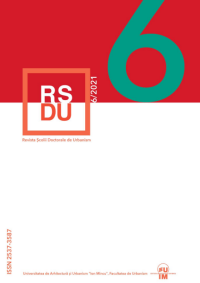Trecutul şi prezentul mlaştinilor irakiene
The past and present of the Iraqi marshes
Author(s): Oudai AlzubaidiSubject(s): National Economy, Business Economy / Management, Micro-Economics, Physical Geopgraphy, Human Geography, Regional Geography, Environmental Geography, Applied Geography, Governance, Economic policy, Military policy, Political economy, Politics and society, Applied Sociology, Social development, Rural and urban sociology, Economic development, Socio-Economic Research, Peace and Conflict Studies
Published by: Universitatea de Arhitectură şi Urbanism »Ion Mincu«
Keywords: Sumerians; human settlements; revitalization; ecosystem; ecology; habitat; biotic;
Summary/Abstract: During the pre-historical period, The Sumerian civilization had developed between the Tigris and the Euphrates, now southern Iraq. The Sumerians were favoured by a natural environment conducive to living, good for agriculture, fishing and animal husbandry. They managed to build cities both on land and in the wet ecosystem, set up an army, have fortified cities. More importantly, they invented writing among other things.Today the inhabitants of those marshes, who are locally called "maadan" (or swamp inhabitants), have kept the sustainable lifestyle inherited from the Sumerians. They build homes adaptable to the tradition of the environment using the art of weaving rushes and reeds living in groups of rural conglomerates or natural islands. Thousands of years later, the wetlands have decreased owing to a variety of reasons, among which could be the climatic changes in addition to the passive actions people did to the environment. This has led some inhabitants to migrate to the neighboring cities. In the present time, this area has received some international concern when, on July 17, 2016, the UNESCO declared it as a protected area recognized over the world.
Journal: Revista Şcolii Doctorale de Urbanism
- Issue Year: 6/2021
- Issue No: 1
- Page Range: 83-94
- Page Count: 12
- Language: Romanian

